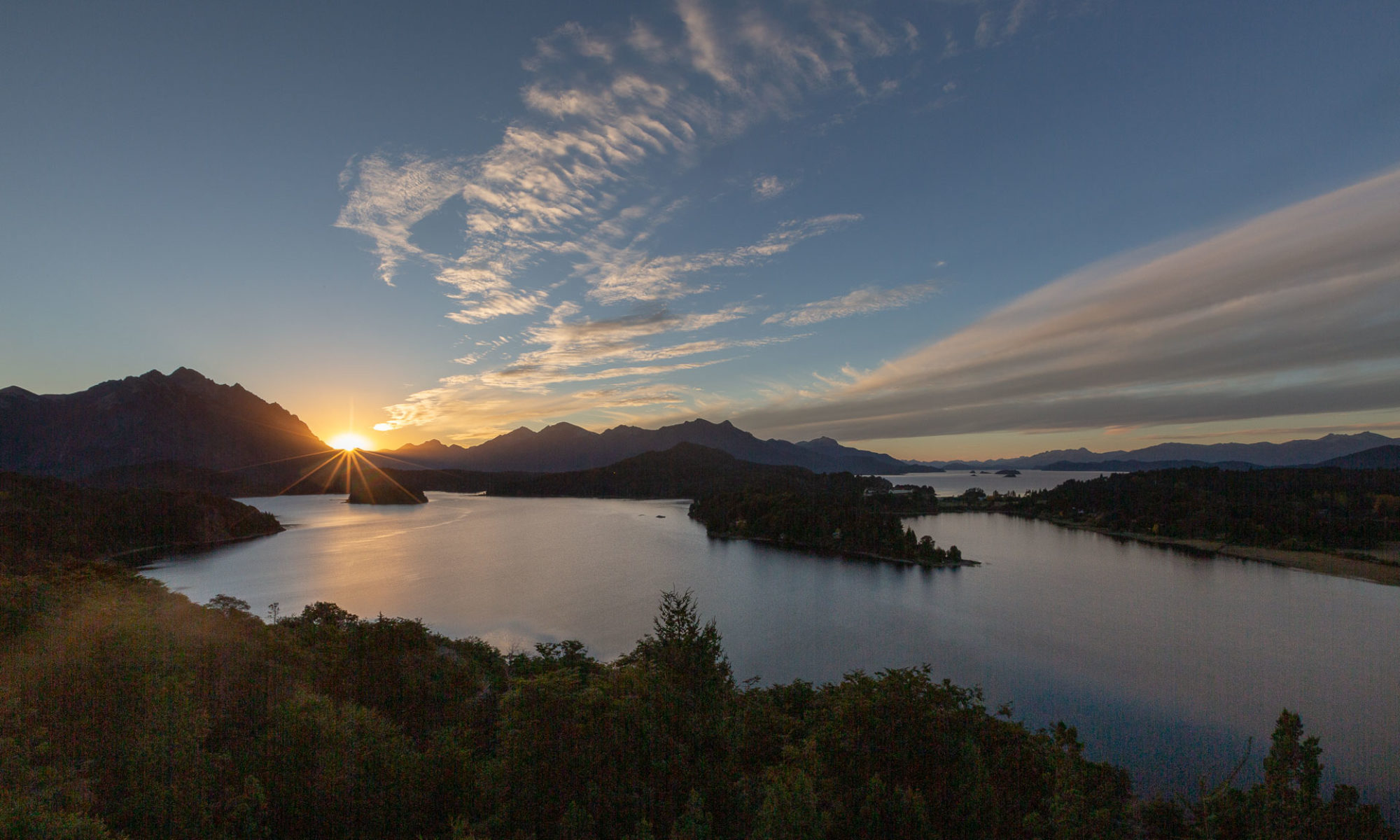Here it is, our final blog post from Mexico! After 5 months and many kilometers, our final adventure was on the Yucatan Peninsula. After our time in the jungles of Chiapas, coming into Yucatan was a bit of shock.
Chiapas Part III: Mayan Ruins & More Waterfalls
From Frontera Corozal, we took an early morning boat with our travel buddies Tyler & Megan to the Mayan ruins of Yaxchilan. The boat is about 45 minutes along a river that forms the border between Mexico and Guatemala.
Continue reading “Chiapas Part III: Mayan Ruins & More Waterfalls”
Chiapas Part II: Along the Guatemalan border
Two of the main stops for any overlander or tourist in Chiapas are San Cristobal de las Casas and Palenque. The direct highway that connects the two, 199, has a number of roadblocks set up by the Zapatistas.
Continue reading “Chiapas Part II: Along the Guatemalan border”
Chiapas Part I: Aguacero, Sima de las Cotorras, Cañon del Sumidero and San Cristobal de las Casas
Chiapas is a spectacular state in Mexico full of waterfalls, wildlife and Mayan ruins. From the first day we were enamored by the region. Not long after crossing into Chiapas, we were waved over by a friendly guy that saw our Swiss plates and wanted to meet us.
Estado de Oaxaca
Our first stop in the state of Oaxaca was a reserve protecting Green Military Macaws, or Ara Militaris. The birds often return to a canyon in this reserve for the night and it is possible to see them through a guided hike in the late evening. While the hike was hot but beautiful, we only saw 2 Macaws from our viewpoint.
Zona Archeológica de Cantona
Cantona is a large and remarkable archaeological site that is much less visited than the other large sites of Mexico. Cantona was a large city with an area of approximately 12 square km and full of many pyramids and ball fields. The most significant feature is that these were all built without plaster or mud – just dry stone buildings. And for our visit, we only saw 6 other people in the 2 hours we explored this large area.
Izta, Popo & La Malinche
Just outside Mexico City are the two big volcanos Iztaccíhuatl (5230m) and Popocatépetl (5426m), also called Izta and Popo. They are respectively the 3rd and 2nd highest mountains in Mexico. They form a National Park and Izta can be climbed whereas Popo is closed due to volcanic activity.
Mexico City
From Teotihuacán looking towards Mexico City, you see a daunting thick cloud of smog. As you drive through the outskirts of the city, the sky seems to darken a bit as you enter that smog… and we thought, one or two nights will be enough here.
Teotihuacán
We have visited many archaeological sites at this point, from active excavations to well maintained sites with detailed museums. Now we were heading for probably the most famous site in all of Mexico, Teotihuacán. This city used to be home to over 100,000 people, making it the largest pre-Columbian American city, and one of the largest in the world at its time.
Querétaro and Hidalgo
After our long stay in Guanajuato, we were happy to hit the road the again. Our first stop was the city of Santiago de Querétaro. The town has a beautiful old city and long viaduct that used to transport water into the city.
